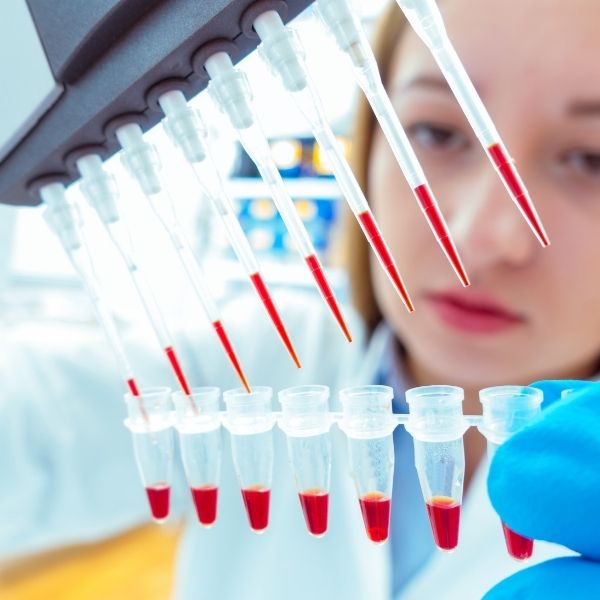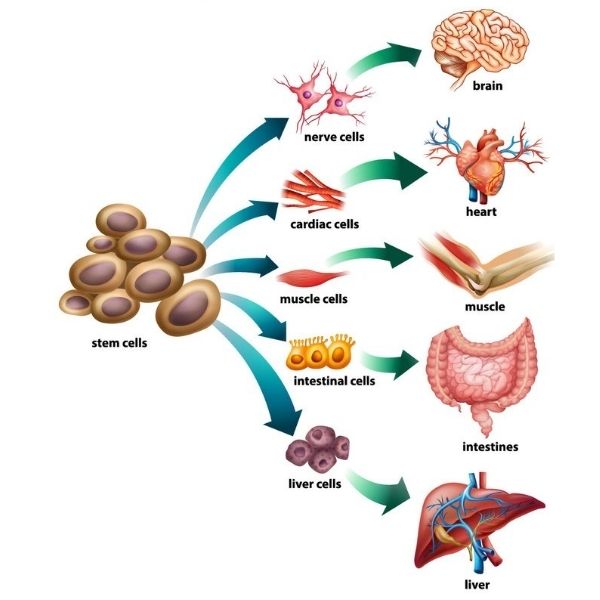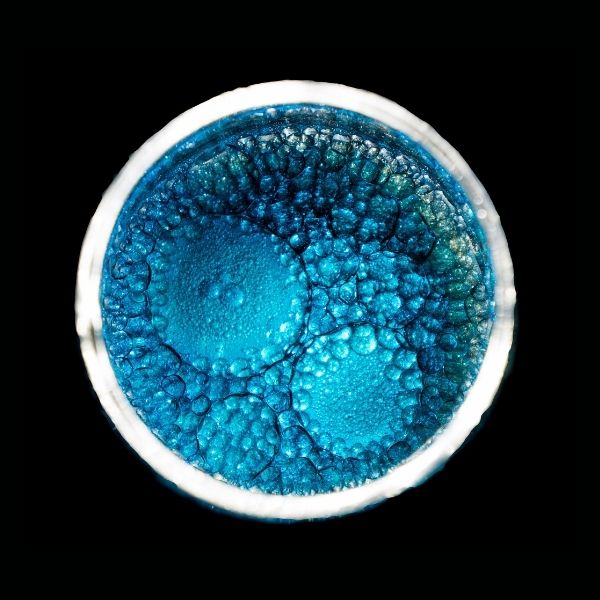Tissue Engineering With Natural Human Products Utilizing Stem Cell Therapy Has Become Among the safest & efficacious methods in regenerative medicine.
Regenerative & Anti-Aging Medicine is based upon advanced technological biomedical research and empiricism and offers potential solutions for the prevention, detection and treatment of the cellular breakdown of the human body associated with aging in effort to delay and reverse aging and degeneration and improve outcomes.
The goal of both Regenerative and Anti-Aging Medicine is to optimize both longevity and to enhance the quality of life. It is based on the premise that aging and degeneration, in the traditional sense, is a condition or state of “disease” rather than a natural progression of human longevity potential.
Regenerative Medicine is developed through Translational Medicine, the discipline in biomedical research in which novel discoveries reveal new tools of diagnosis and treatment to improve human health and longevity.

Stem cells are undifferentiated basic building blocks of life. They are found in the body’s tissues, organs, and systems. They are able to regenerate into additional stem cells or differentiate into specialized cells, such as bone, muscle, nerve or blood cells. This remarkable ability of adult Mesenchymal Stem Cells (MSCs) makes them irreplaceable in medical treatments. When injected into a patient’s body, stem cells can repair or replace damaged or degenerating tissue by communicating with the surrounding cells thus causing a cellular cascade of healing (paracrine signaling. The term Mesenchymal Stem Cell was coined in the late 80’s by the biomedical research authority, Dr Arnold Caplan of Case Western Reserve. He is considered the father of the MSC & Stem Cell therapy as we know it. Caplan has now transformed the MSC acronym to “Medicinal Signaling Cell” since these cells secrete powerful bioactive molecules. He now describes them as “a multi-drug site-regulatory dispensary” (Natural Drug Store).
Stem Cells can be sourced from a variety of tissue types either Allogenic (from another human, typically Placental related) or or or Autogenic (harvested from same human patient) . Allogenic derived Stem Cells are harvested exclusively from umbilical cord tissue or cord blood and other Placental materials from live healthy birthed babies. Extracting stem cells this way is safe and least invasive. We have a network of participating hospitals that invite mothers to donate umbilical cord tissues that are otherwise discarded after a healthy and normal birth. The umbilical cord tissue and blood is extracted at the time of birth and taken to our lab for FDA compliant protocols for application of the regenerative medicine product. Autogenic grafts are harvested from Bone Marrow or Adipose fat tissue.


They are found in the body’s tissues, organs, and systems. They are able to regenerate into additional stem cells or differentiate into specialized cells, such as bone, muscle, nerve or blood cells. This remarkable ability of adult Mesenchymal Stem Cells (MSCs) makes them irreplaceable in medical treatments. When injected into a patient’s body, stem cells can repair or replace damaged or degenerating tissue by communicating with the surrounding cells thus causing a cellular cascade of healing (paracrine signaling. The term Mesenchymal Stem Cell was coined in the late 80’s by the biomedical research authority, Dr Arnold Caplan of Case Western Reserve. He is considered the father of the MSC & Stem Cell therapy as we know it. Caplan has now transformed the MSC acronym to “Medicinal Signaling Cell” since these cells secrete powerful bioactive molecules. He now describes them as “a multi-drug site-regulatory dispensary” (Natural Drug Store).
Adult Stem Cells or Mesenchymal Stem Cells (MSCs) are semi-specialized cells, tissue specific. They typically can only generate different cell types for the specific tissue or organ in which they live. These cells are found in many organs and tissues, including brain, bone marrow, blood vessels, skeletal muscle, skin, teeth, heart, gut, liver and the reproductive organs.
Embryonic Stem Cells are derived from blastocysts created by in vitro fertilization (IVF) for assisted reproduction that were no longer needed. Since these kind of stem cells are undifferentiated and unspecialized, they can give rise to every type of cell in the body. It is not legal in this country to use this type of cell on humans as there is a great health risk associated with the use of this type of cell including Cancer.

LAST CHANCE Treatment Foundation is a non-profit organization and depends on donors.
Become a donor today!